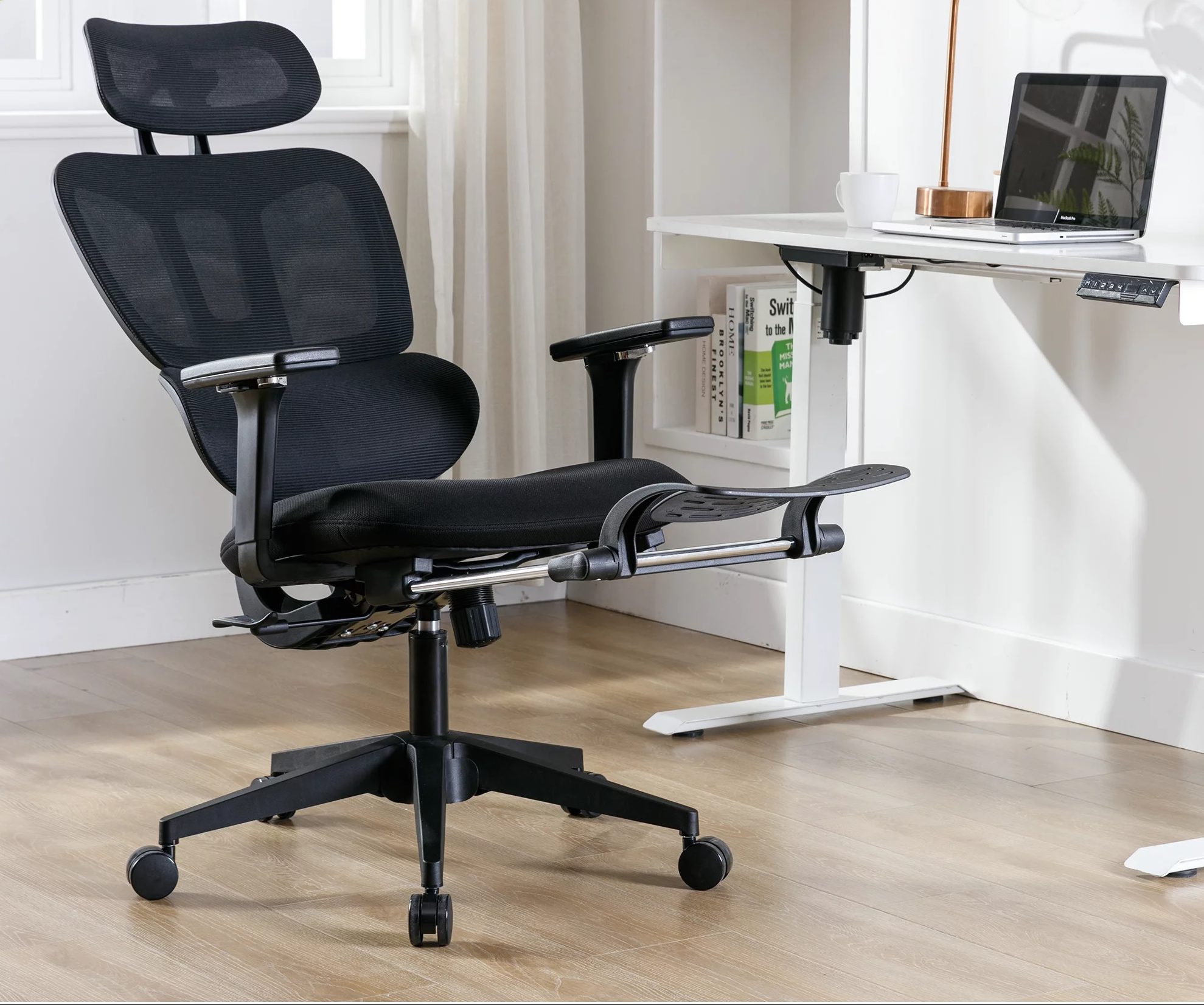Let’s be honest. For many of us, the “home office” started as a laptop balanced on the kitchen counter and a dining chair that slowly morphed into a medieval torture device by 3 PM. But as remote work becomes a permanent fixture, it’s time to rethink that setup. Your furniture isn’t just about filling space; it’s the foundation of your focus, your well-being, and honestly, your sanity.
This isn’t about creating a sterile, corporate cubicle in your spare room. It’s about crafting a personalized sanctuary that works as hard as you do. Let’s dive into the essential pieces that will transform your work-from-home experience from a chore into a pleasure.
The Unshakeable Foundation: Your Desk
Think of your desk as the stage for your daily performance. Get it wrong, and the whole show suffers. The biggest trend, and for good reason, is the rise of the standing desk. The ability to shift from sitting to standing isn’t just a gimmick; it fights off that post-lunch slump and keeps your energy levels more consistent.
But if a standing desk isn’t in the cards, the classic sitting desk still reigns supreme. Here’s what to look for:
- Surface Area: Don’t just think about your laptop. You need space for a monitor (or two), a notebook, your coffee mug, and maybe even a plant for a touch of life. Cramped space leads to a cramped mind.
- Height Matters: A standard desk height is around 29 inches, but everyone is different. Your forearms should rest comfortably at a 90-degree angle when you type.
- Material and Durability: From sleek glass and modern metal to warm, solid wood, choose a material that suits your style and can handle daily wear and tear. A wobbly desk is a constant source of distraction—you know, the kind that makes you want to throw your monitor out the window after a long day.
The Throne of Productivity: Ergonomic Office Chairs
This is, without a doubt, the most important investment you’ll make. You spend hours in this thing. That rickety old chair from your college days? It’s costing you more in back pain and lost productivity than you ever saved.
A proper ergonomic office chair is designed to support your body’s natural posture. Key features to hunt for include:
| Feature | Why It’s a Game-Changer |
| Lumbar Support | Supports the curve of your lower back, preventing that all-too-familiar slouch and ache. |
| Adjustable Seat Height | Allows your feet to sit flat on the floor with your knees at a right angle. |
| Armrests | Takes the strain off your shoulders and neck, especially during long video calls. |
| Breathable Material | Mesh backs are fantastic for airflow, keeping you cool and comfortable. |
Sure, a high-quality ergonomic chair requires a bigger upfront cost. But when you consider it’s an investment in your long-term health, the math suddenly makes a lot of sense.
Beyond the Basics: Supporting Cast Members
A desk and chair are the main actors, but the supporting cast is what makes the production a masterpiece. Let’s talk about the pieces that add function and flair.
Storage Solutions That Actually Work
Clutter is the enemy of focus. A messy space often leads to a messy mind. Smart storage for your small home office is crucial.
- Floating Shelves: They get items off your desk and onto the wall, utilizing vertical space beautifully.
- Mobile Filing Cabinets: A two-in-one hero! It provides drawer space for supplies and files, and the top can act as a printer stand or additional surface.
- Desk Organizers: Keep pens, notepads, and cables from becoming a tangled mess. A place for everything, and everything in its place.
The Underrated Power of Lighting
Never, ever underestimate good lighting. Harsh overhead lights can cause glare and eye strain, while a dimly lit corner will lull you to sleep. The ideal setup is a layered approach.
Start with ambient light from a window or a soft ceiling light. Then, add a task light for your home office—a dedicated desk lamp with adjustable brightness and color temperature. This allows you to have direct, focused light on your work without illuminating the entire room. Your eyes will thank you by the end of the day.
Comfort and Acoustics
This is where you make the space truly yours. A comfortable, well-padded chair mat protects your flooring and makes moving around easier. A small, soft area rug can define the space and add a layer of sound absorption, which is a blessing on those days when the neighbor decides to mow their lawn at 10 AM.
Putting It All Together: Designing for Your Workflow
Okay, so you have the pieces. Now, how do you assemble them into a cohesive, high-functioning remote work setup? It’s not just about aesthetics; it’s about creating a flow that matches how you actually work.
Consider your most common tasks. Are you on video calls all day? Position your desk so you have a neutral, tidy background and good natural light on your face. Do you need to reference physical documents often? A monitor stand with storage underneath or a sleek rolling cart kept nearby can be a lifesaver.
The goal is to minimize unnecessary movement and maximize efficiency. Every item should have a purpose, and your physical layout should serve your daily rhythm, not fight against it.
A Space That Works for You
In the end, creating the perfect home office isn’t about following a rigid set of rules. It’s about listening to your body and understanding your own work habits. It’s about building a corner of your world that doesn’t just facilitate work, but inspires it. A space that feels less like an obligation and more like… well, your own corner of productivity.





